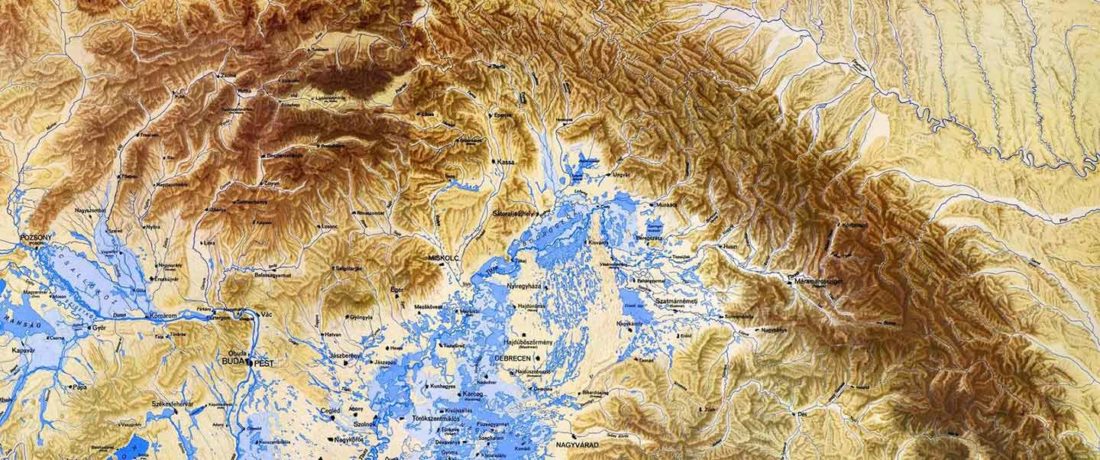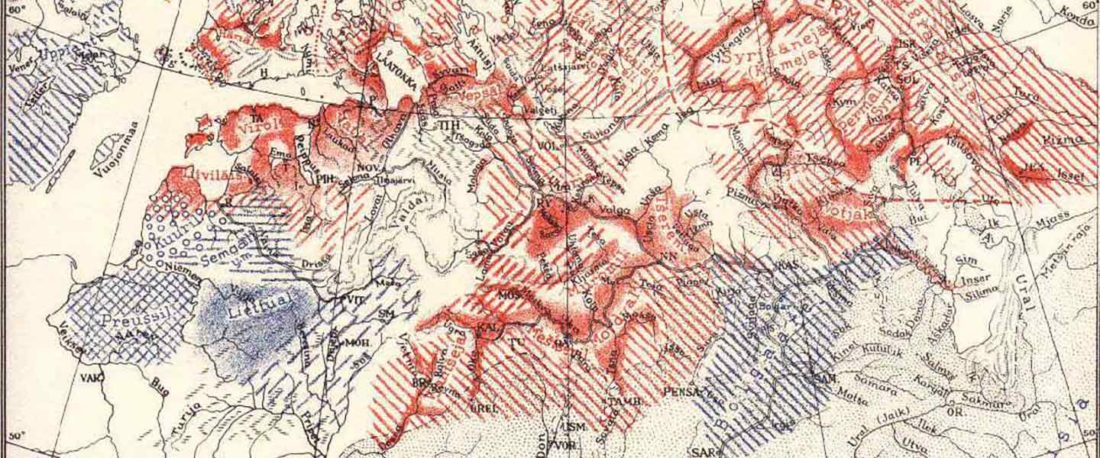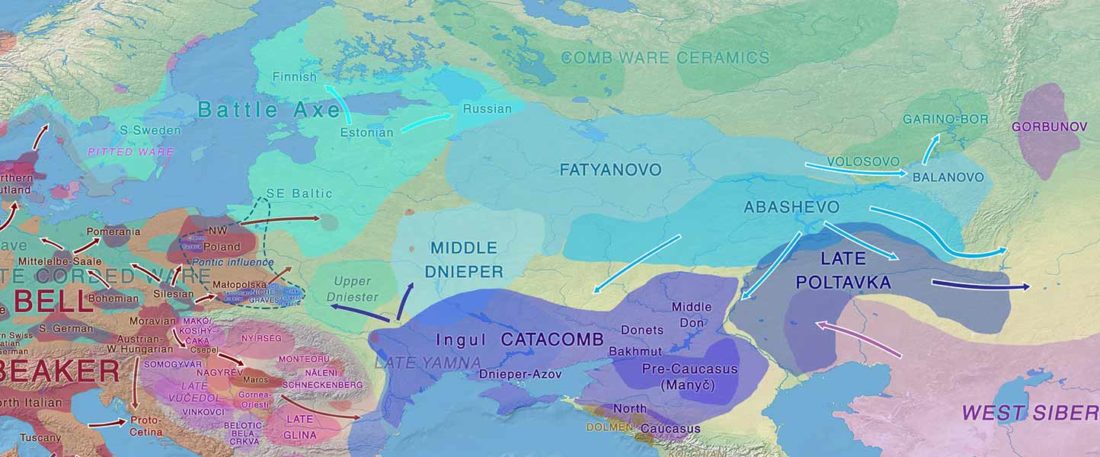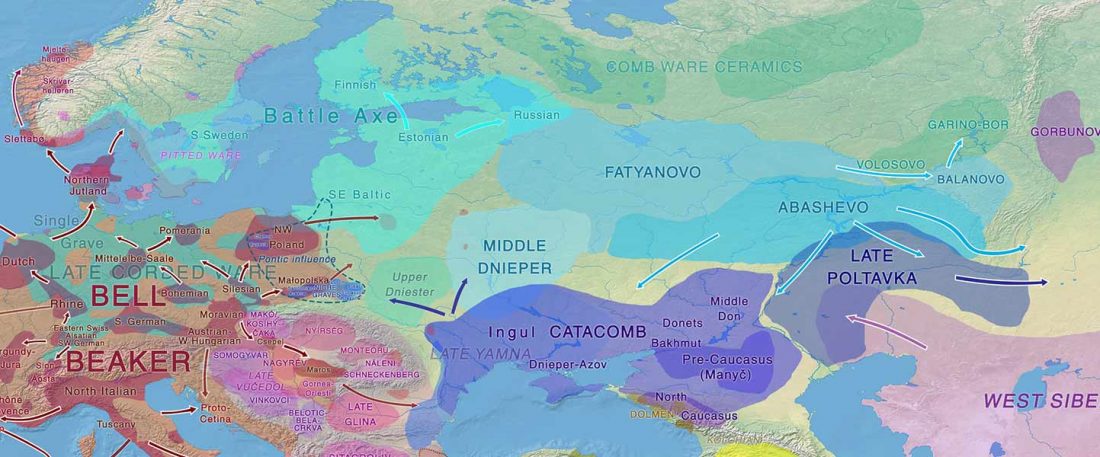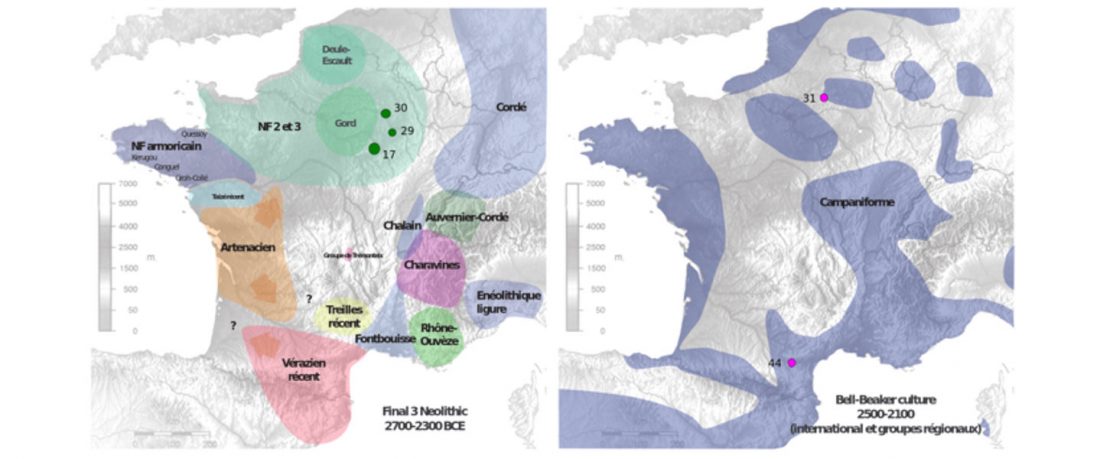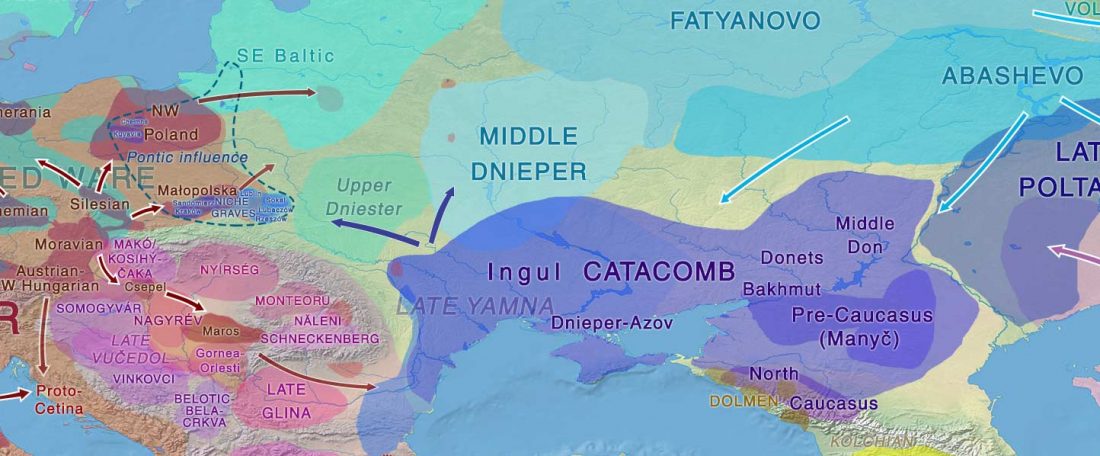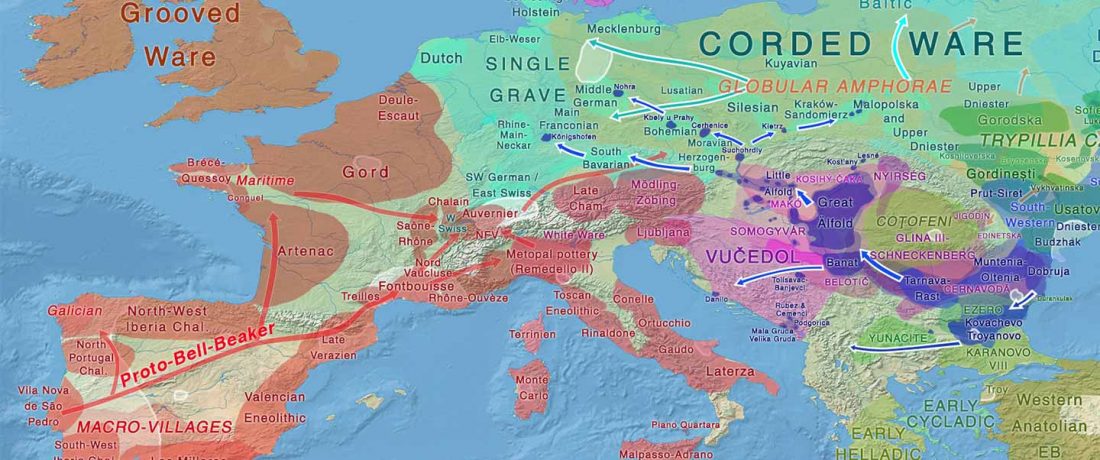Prehistoric populations did not set stable regional boundaries, but rather dynamic local ones in constant flow and change of interaction strategies. Semi-nomadic groups like the Yamnaya and early mobile Corded Ware communities had an even more variable control of pasture lands – at least until they settled down and became “locals” in certain territories. Nevertheless, the Carpathians – like the Caucasus Mountains – might be a priori regarded as a more stable natural border, that could help populations of the same language keep strong cultural and kinship ties.
The upcoming samples from the Carpathian Basin, announced in Szécsényi-Nagy’s oral communication, … Read the rest “East Slovakia Yamnaya settlers and links with Niche-Graves”
